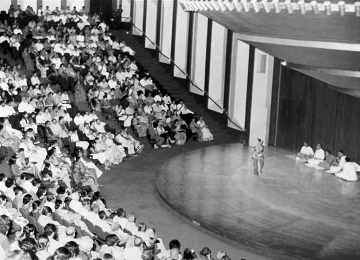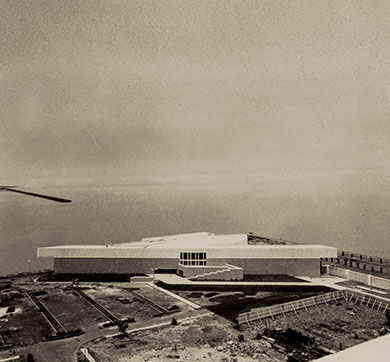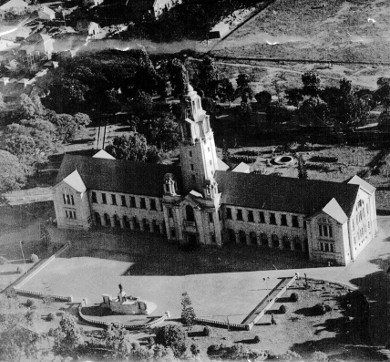“We are not aware if any project at once so opportune and so far-reaching in its beneficent effects was ever mooted in India, as that of the post-graduate research university of Mr Tata. The scheme grasps the vital point of weakness in our national well-being with a clearness of vision and tightness of grip, the masterliness of which is only equalled by the munificence of the gift with which it is ushered to the public."
So wrote Swami Vivekananda when describing Jamsetji Tata's vision of an institute for scientific learning and research in India. The idea consumed Jamsetji in the later years of his life, and he set aside considerable endowments to ensure his dream for India would come to life. The result — the Indian Institute of Science (IISc) — was established in 1909, five years after his death, through the continuing efforts of his son Sir Dorabji Tata.
Since then, the Tata group has built many institutes, including Tata Institute of Fundamental Research (1945), through the efforts of Homi J Bhabha, the father of India's atomic energy programme, and JRD Tata. The institute became the cradle of India's atomic energy ambitions.
Just a few years prior, the group had also established the Dorabji Tata Graduate School of Social Work in 1936, for professional training in social work. Later rechristened the Tata Institute of Social Sciences in 1944, it emerged as a pioneer of social work education in the Asia Pacific region, and has since made significant contributions in the area of social policy, planning, intervention strategies and human resource development.
The Tatas' benefaction extended to the arts as well. To preserve and promote India's rich heritage in the performing arts, JRD Tata and Dr Jamshed J Bhabha endeavoured to build the National Centre for the Performing Arts (NCPA) in 1969. The first multi-venue, multi-purpose cultural centre to be built in South Asia, it remains India's premier cultural institution, committed to showcasing Indian and international music, dance, theatre, film, literature and photography.
Photographs courtesy Tata Central Archives
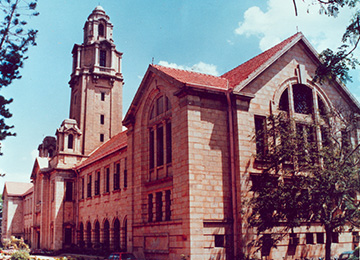
Indian Institute of Science (IISc)

Tata Institute of Fundamental Research (TIFR)
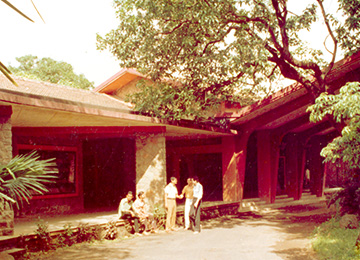
Tata Institute of Social Sciences (TISS)
